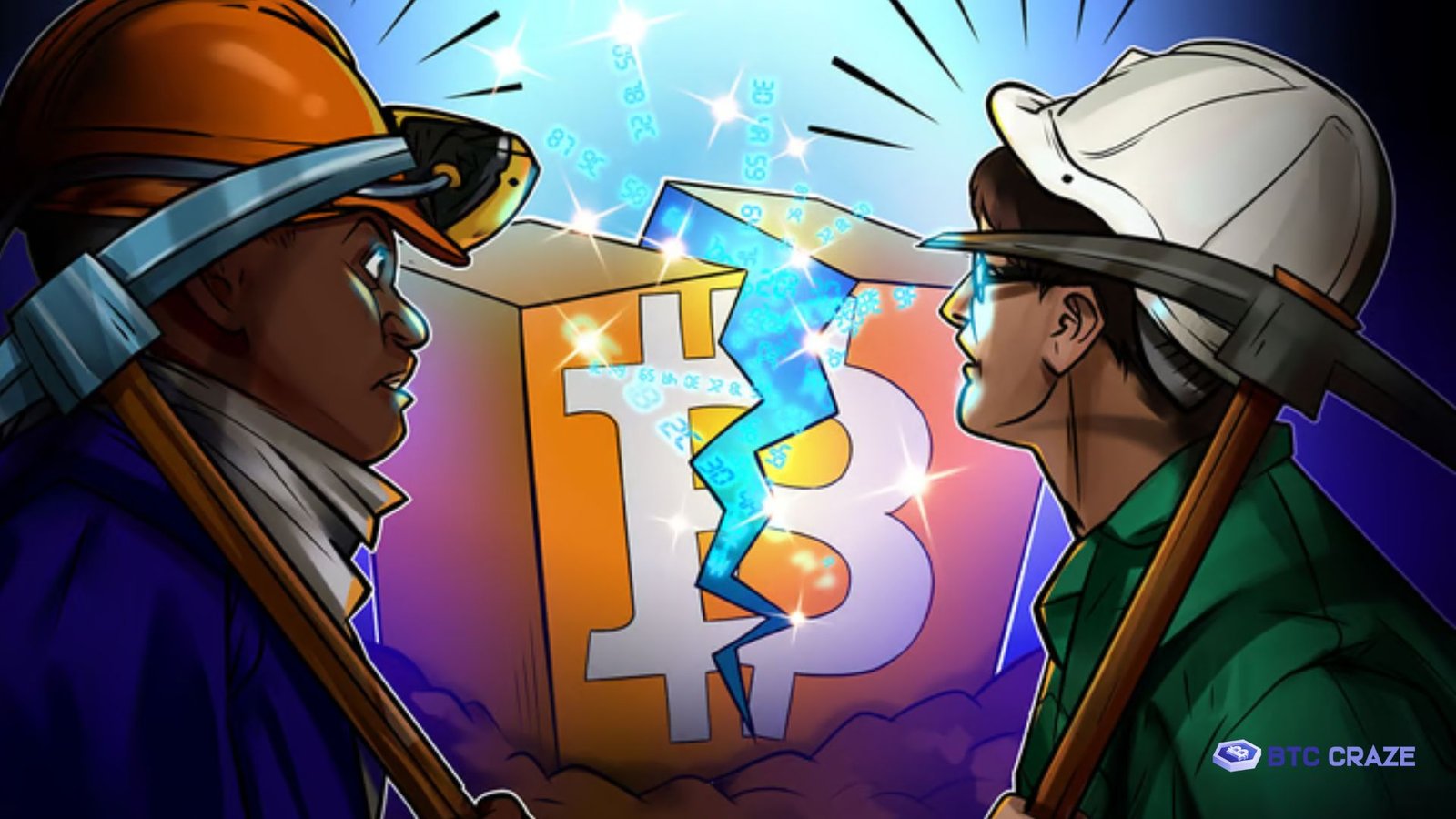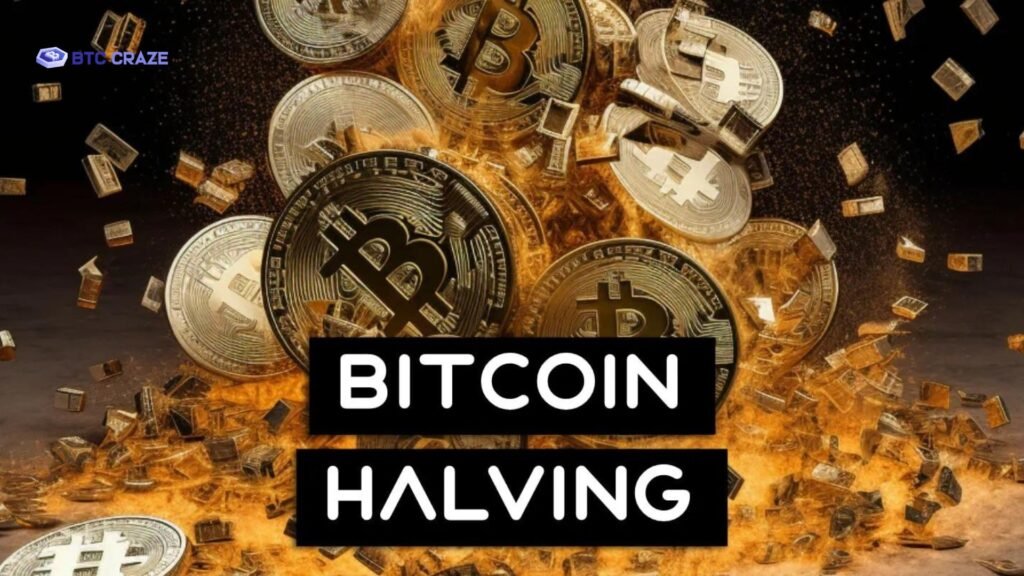Because of its status as the first decentralized cryptocurrency, Bitcoin has come to represent digital scarcity and decentralization more generally. An integral part of this scarcity is the “halving” process, an inherent part of Bitcoin’s code that lowers the mining reward by half about every four years. Supply and demand affect Bitcoin prices, and Bitcoin halvings play a big role. Could Bitcoin Halving Be Stopped? This article discusses this transformation’s technological, economic, and societal aspects and its possibilities and repercussions.
Understanding Bitcoin Halving
The Bitcoin protocol has a halving mechanism, which was written by the anonymous creator, Satoshi Nakamoto. Since the cryptocurrency’s creation in 2009, the Bitcoin protocol has mandated a half-reward for miners every 210,000 blocks generated, or around every four years. After three halvings, the current reward for solving a block is 6.25 BTC, down from 50 BTC initially.
In 2024, there will likely be another halving, lowering the reward to 3.125 BTC for each block. When the supply of Bitcoin reaches its limit of 21 million coins—roughly around 2140—the halving process will end. As a result of halving, Bitcoin will become increasingly rare over time, which should boost its value in theory due to rising demand and falling supply.
Can Bitcoin Halving Be Stopped?
Although it would necessitate substantially modifying the protocol, it is technically possible to halt the Bitcoin halving. Any update to the Bitcoin protocol requires the approval of all network nodes, users, and miners due to the network’s decentralized consensus model. To end halving, Bitcoin would have to undergo a hard fork, a modification to the core code that creates two distinct versions: one that maintains the halved timetable and another that does not.

But this isn’t going to be easy. To execute such a modification, the consensus of the Bitcoin network as a whole would be required. Similar to when Bitcoin Cash was created in 2017, a network split could occur without widespread consensus. As a result, the Bitcoin community may become quite divided and confused.
The Technical Feasibility of Stopping Bitcoin Halving
You must modify its code to prevent Bitcoin from halving, particularly the section that controls block rewards. Changing Bitcoin Improvement Proposals (BIPs) to recommend a new block reward rule and getting developers, node operators, and miners to agree are the processes.
The difficulty here stems from the fact that Bitcoin is decentralized. No single decision-maker or governing body can unilaterally impose a shift. The new protocol could not go into effect unless all network nodes consented. Two independent blockchains could create if even a small percentage of the network’s participants choose to maintain the original code.
Such a massive shift would necessitate community discussion and analysis of potential outcomes. Many people think that Bitcoin’s long-term worth depends on its scarcity, and halving it is a way to keep inflation under control and that scarcity intact. Changing or removing this technique might impact the network’s security and trust in unexpected ways.
The Economic Impact of Stopping Halving
As a result of its deflationary characteristics brought forth by the halving process, many investors consider Bitcoin “digital gold.” In theory, the scarcity effect might lead to price gain for Bitcoin as the number of new coins declines. The immediate economic impact of stopping halving would likely be an increase in Bitcoin’s inflation rate. If additional coins are introduced to the market instead of the issuance rate dropping, the current quantity of Bitcoins could be diluted. As a result, prices could fall if supply increases faster than demand.

The media pays more attention to halving, and market speculation heats up around it since it is a big event in Bitcoin’s market cycles. Following price-halving events, there has been a big upward surge. This cyclical feature of Bitcoin’s price movement might vanish if halving were to cease, resulting in less predictable market dynamics.
The Social and Political Ramifications
Bitcoin isn’t only a new technology but also a political and social movement. Many early users and supporters feel Bitcoin’s restricted supply and halving process define its character as an alternative to central bank-inflated fiat currencies. If Bitcoin halving ends, this faction may react strongly, seeing it as an insult to Bitcoin’s values.
Also, if the halving were to stop, there would be much arguing and schisms in the Bitcoin community. Some believe the new process will make mining unprofitable, while others worry about network security. Some suggest that the network may be maintained without halving by relying more on transaction fees than block rewards.
The Future of Bitcoin Without Halving
Some people worried about mining profitability would be interested in suspending halving, although doing so would bring additional difficulties. Eliminating halving would alter Bitcoin’s core attribute of being a deflationary asset. The uncertainty that such a change introduces could decrease investor confidence and increase market volatility.
Blocking Bitcoin’s halving would eventually unpredictably change the network’s long-term dynamics. However, community members would probably be against it, so it won’t happen very soon.
Also Read: Understanding Bitcoin Halving: A Beginner’s Guide For 2024
Conclusion
Although it is theoretically feasible to stop Bitcoin from halving, the broad consensus around preserving the half-timetable and the decentralized architecture of the Bitcoin network makes it highly unlikely that this will happen. The halving process is essential for maintaining Bitcoin’s value as a deflationary asset by regulating its supply. Ending halving will involve massive technological, economic, and social changes that the Bitcoin community is unlikely to accept. Bitcoin’s deflationary design will shape its future until the next halving event.
FAQs
1. What is Bitcoin halving?
The Bitcoin protocol is designed to halve the reward for mining new blocks every 210,000 blocks or around every four years. This reduction is done on a scheduled occurrence. Thanks to this process, there will never be more than 21 million Bitcoins in circulation, which also regulates the creation pace.
2. Why is Bitcoin halving important?
By decreasing coin production, half the Bitcoin supply controls inflation. Scarcity makes Bitcoin a deflationary asset. As the quantity of new Bitcoins diminishes due to halving, cryptocurrency prices often rise during market cycles.
3. Can Bitcoin halving be stopped?
Hard forks necessitating modifications to Bitcoin’s source code and agreement among the network nodes may theoretically halt Bitcoin halving. Nonetheless, the community is not likely to rally around such a complicated process.
4. What would happen if Bitcoin halving were stopped?
Inflation may result from Bitcoin’s halving since more coins would be issued. This might weaken Bitcoin’s scarcity story, lowering its price. It may also cause divisions in the community, which could result in a hard fork.
5. Is it likely that Bitcoin halving will be stopped?
The halving of Bitcoin is quite likely to continue. Stopping the halving will cause price inflation and community strife, which would be worse than any benefits. The community highly values Bitcoin’s deflationary character.

